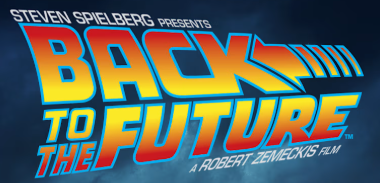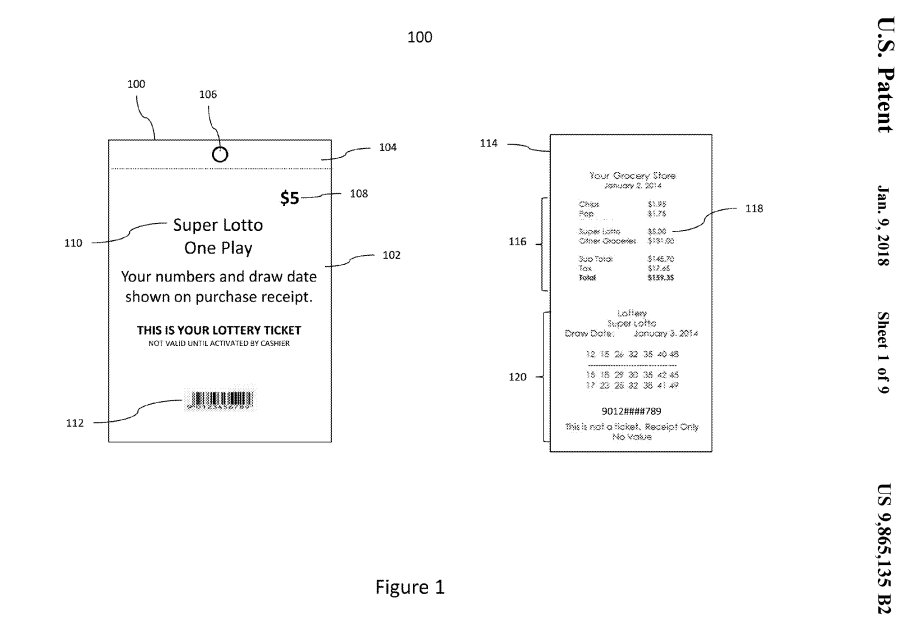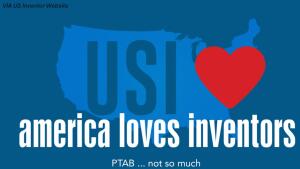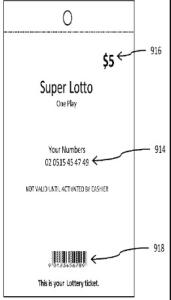by Dennis Crouch
In re Maplebear Inc. (d/b/a Instacart), No. 26-105 (Fed. Cir., petition filed Oct. 21, 2025), adds another voice to the chorus of technology companies asking the Federal Circuit to rein in the Patent Office's increasingly restrictive approach to IPR institution. The mandamus petition was filed a few days after the USPTO published a Notice of Proposed Rulemaking (NPRM) that further curtails access to inter partes review (IPR) proceedings, and argues that the denial of its institution was improperly based upon grounds not supported by the statutory framework. The petition argues that Dir. Stewart's novel denial criteria were imposed without the notice-and-comment rulemaking required by the Administrative Procedure Act, exceed the Director's statutory authority under 35 U.S.C. § 314(a), and were applied retroactively to Instacart's petition in violation of due process. The petition argues that the NPRM is tacit admission of the rulemaking requirement.
The Maplebear case is the seventh mandamus on the same issue -- arguing that the USPTO's broadened discretionary denial approach is ultra vires. (SAP, Motorola , Google, Samsung, HighLevel, SanDisk, Western Digital, Cambridge Industries, and now Instacart). These petitions are all sitting before the Federal Circuit - none have been decided yet. The wave began after Acting Director Coke Morgan Stewart rescinded former Director Kathi Vidal's June 2022 guidance memoranda, which had provided "safe harbors" for petitioners who stipulated not to pursue the same prior art in parallel litigation (so-called Sotera stipulations). Following that rescission, the PTAB expanded its use of discretionary denials based on expanded Fintiv factors, which balance whether to institute IPR when parallel district court litigation is pending. But then the policy shift went well beyond Fintiv with Acting Director Stewart introducing two additional discretionary denial grounds through individual PTAB decisions rather than formal rulemaking.
- Settled expectations: IPR petitions are denied if the challenged patent had been in force for several years (roughly seven+ years in practice), on the theory that patent owners develop stronger reliance interests as their patents age.
- Roadmapping: IPRs were denied if any prior party (related or unrelated to the current petitioner) had previously challenged the same patent, on the theory that later petitioners would impermissibly benefit from the roadmap provided by earlier proceedings.
These two factors represented a dramatic departure prior IPR practice with the result of hundreds of IPR institution denials.
To continue reading, become a Patently-O member. Already a member? Simply log in to access the full post.





